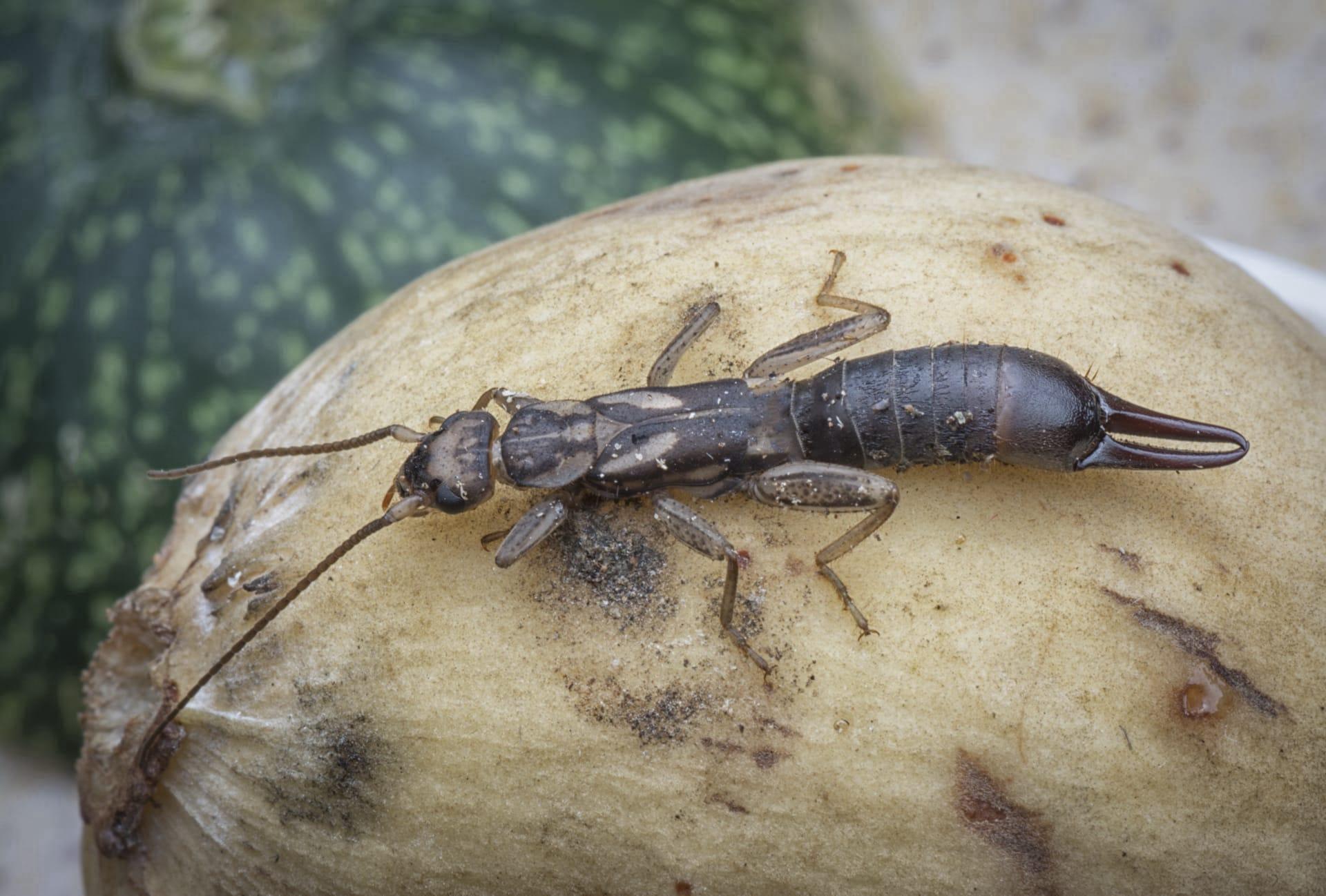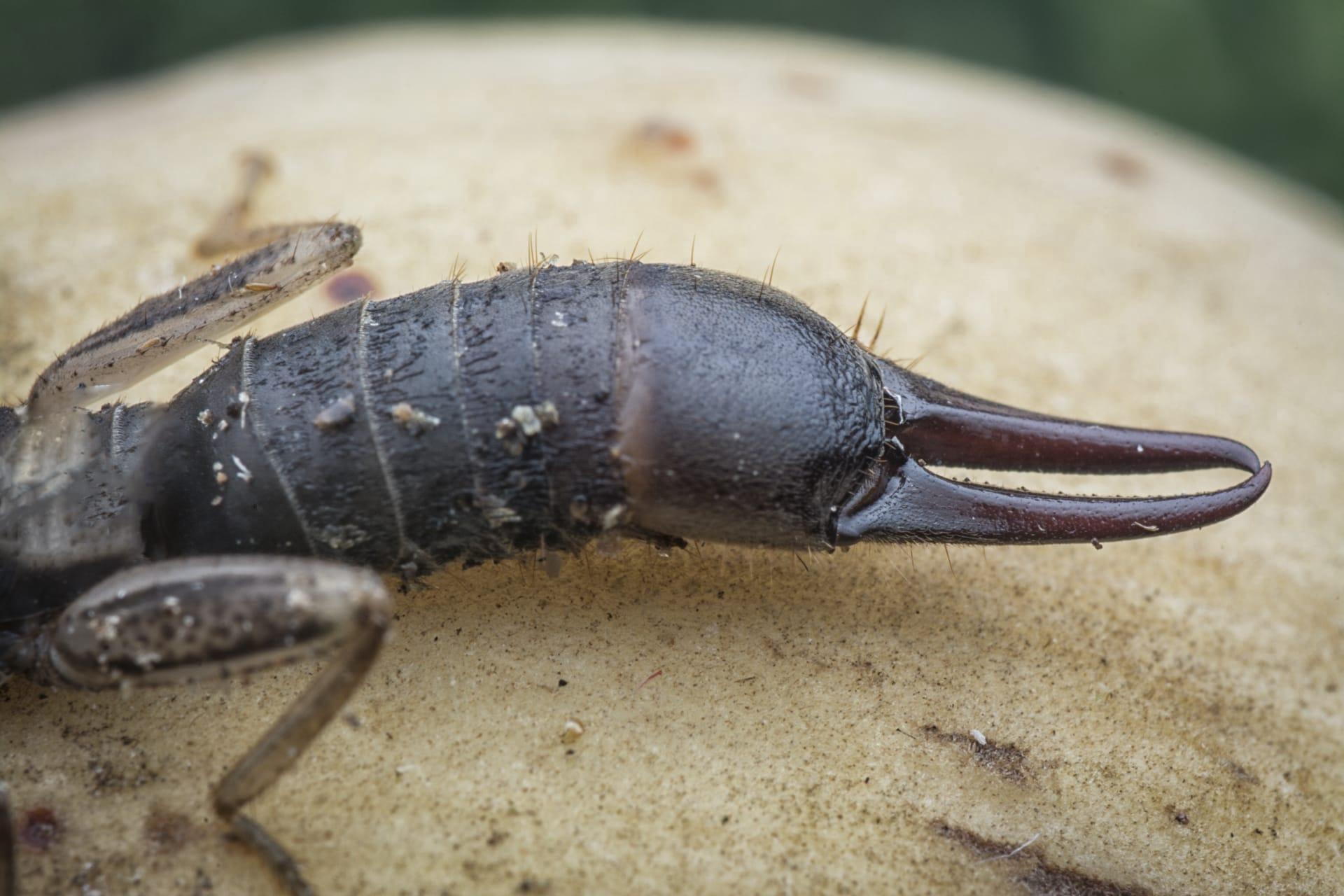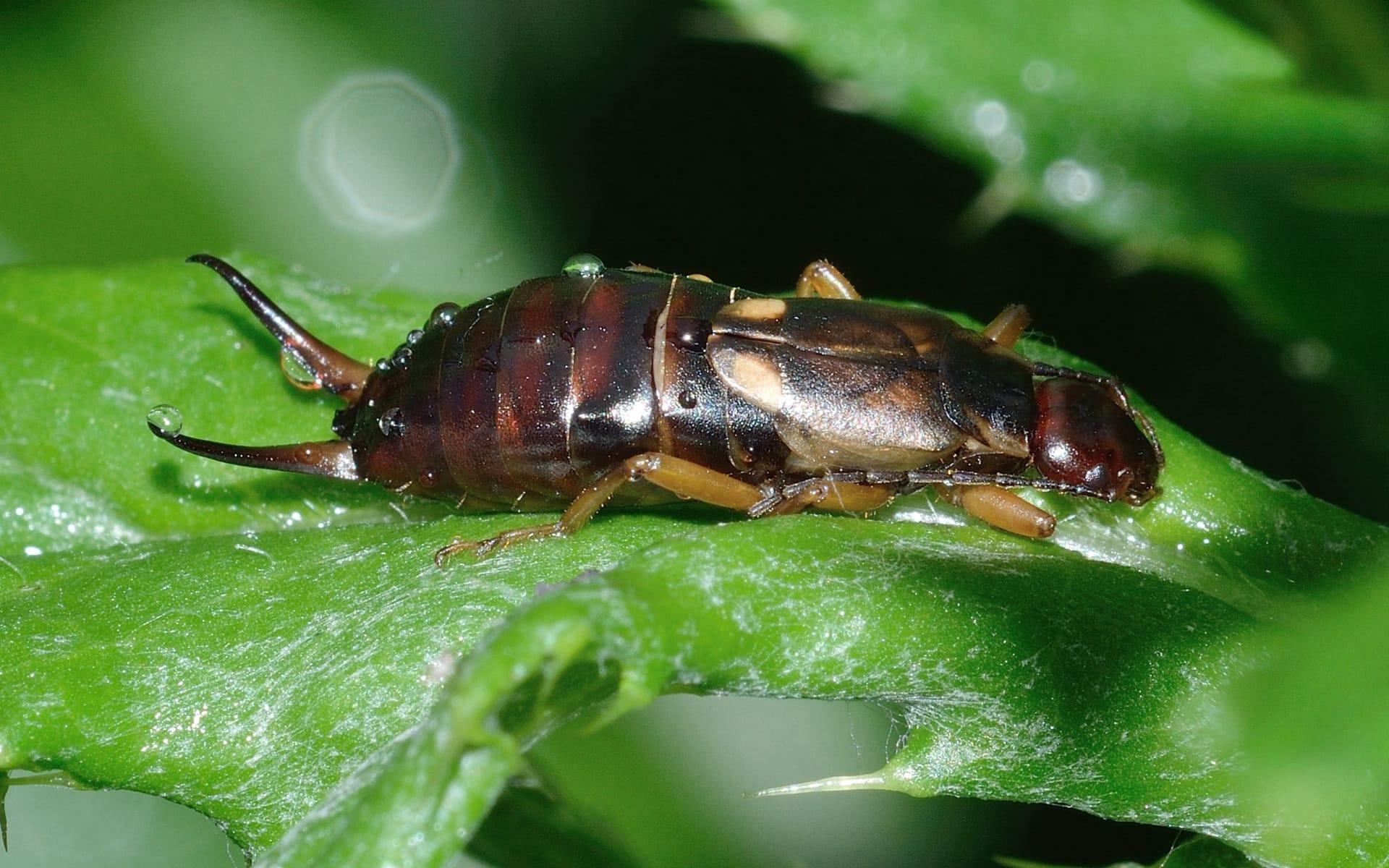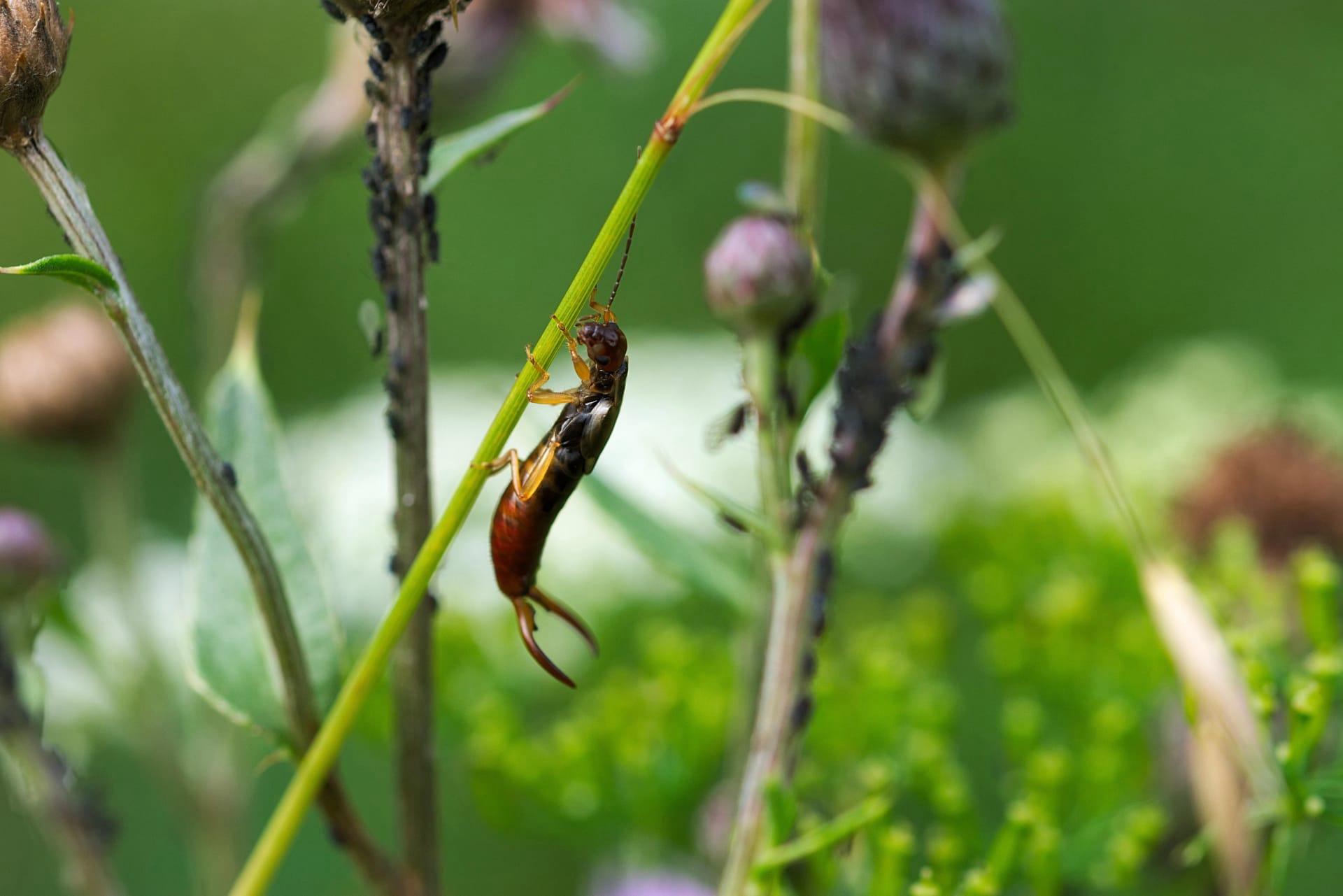1
Earwig bugs, known scientifically as Dermaptera, are fascinating for their unique physical features. One notable fact is their pincers or forceps at the end of their abdomen. These pincers, which vary in shape between males and females, are not just for defense; they also assist in mating rituals and folding their wings. Male earwigs have curved pincers, while females possess straighter ones. Remarkably, earwigs are among the few insects with wings that can neatly fold them, much like origami, under their short, leather-like forewings. These wings can extend to be 10 times the length of the wing case, allowing for short flights.
Another intriguing aspect of earwigs is their maternal care, which is rare among insects. Female earwigs are exceptional mothers. They lay about 20 to 50 eggs and diligently protect and clean them to prevent fungal infections. Post-hatching, the mother continues her care, feeding her nymphs with regurgitated food until they are capable of fending for themselves. This level of maternal investment is unusual for insects, making earwigs unique in the insect world.

2
Earwigs are nocturnal creatures, emerging at night to feed on a wide range of sustenance. Their diet is impressively versatile, encompassing plant material, insects, and decaying organic matter. This adaptability in their diet helps them thrive in various environments. Surprisingly, earwigs can also be beneficial in gardens as they sometimes consume aphids and other garden pests.
Despite their somewhat menacing appearance, earwigs are generally harmless to humans. A common myth is that they crawl into human ears and lay eggs or can cause harm. However, this is purely a myth. Earwigs may seek out human ears for warmth and moisture but are not dangerous and do not lay eggs in human ears. Their pincers can pinch, but they rarely break the skin, and their pinch is more startling than painful.

3
Earwigs have a unique defense mechanism. When threatened, some species of earwigs can squirt a foul-smelling liquid from glands located near the base of their wings. This liquid is primarily used to deter predators and is a testament to the earwig's adaptability in survival strategies. This defense mechanism, along with their pincers, makes them relatively well-equipped to handle threats in the wild.
Another interesting fact about earwigs is their ability to regenerate lost limbs. Similar to some other insects and arthropods, young earwigs can regrow their legs if they are lost. This regenerative ability diminishes as they mature, but it provides young earwigs a better chance of survival if they encounter predators or accidents in their early stages of life.

4
The lifespan of an earwig is relatively short. Most earwigs live for about a year, with their life cycle encompassing egg, nymph, and adult stages. The nymphs go through several molts before reaching adulthood. Each molt allows them to grow, shedding their exoskeleton and developing a new, larger one. The process from egg to adult typically takes about 70 days, depending on environmental conditions such as temperature and humidity.
Earwigs are also known for their communication abilities. They use pheromones, chemicals that convey information, to attract mates or warn others of danger. Additionally, earwigs are capable of producing a chirping sound by rubbing their wings against their abdomen, a behavior known as stridulation. This sound can serve as a mating call or a means of communication with other earwigs.

5
One of the less known facts about earwigs is their contribution to the ecosystem. They play a significant role in the decomposition process. By feeding on decaying plant material and dead insects, they help in nutrient cycling, breaking down organic matter and enriching the soil. This makes them an integral part of maintaining soil health and fertility.
Lastly, the diversity of earwig species is impressive. There are over 2,000 species of earwigs found across the globe, adapted to a variety of habitats. From rainforests to deserts, these species have evolved unique characteristics to survive in different environments. For instance, some species have lost their wings to adapt to life underground or in other confined spaces, showcasing the diverse evolutionary paths within this intriguing insect order.